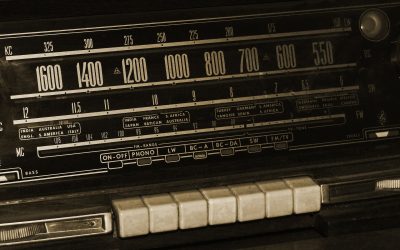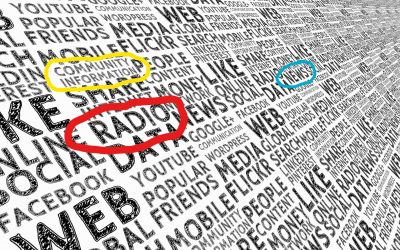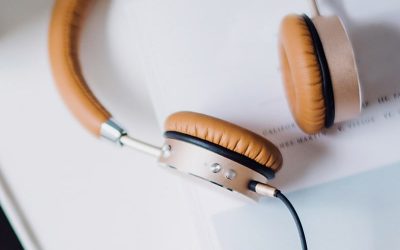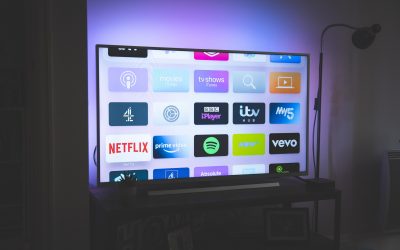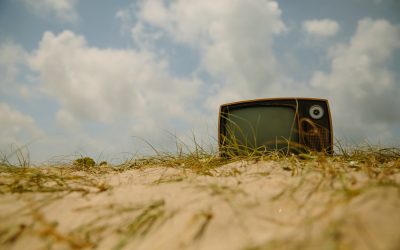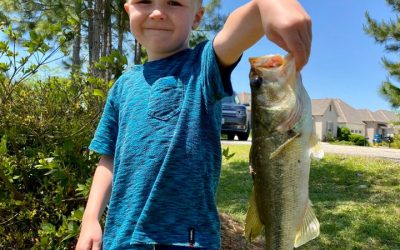A couple of weeks ago, I was reading an article on Medium.com titled: 8 Pillars of a Satisfied and Happy Life. Here's a link to it: https://medium.com/mind-cafe/8-pillars-of-a-satisfied-and-happy-life-847d98707e81 It was a beautiful Sunday afternoon as I read it and...
ScLoHo’s Collective Wisdom
Radio is Back On The Road
It's back. Radio is back on the road. In case you haven't noticed this summer, a lot of us have been doing what we were discouraged from doing last summer. Spring and Summer 2020 was the year of cancelled vacations, limited gatherings and working from home. 2021 has...
Follow The Leader Off The Cliff
Are you a Follower? Or are you a Leader? A couple weeks ago I read a statistic about advertising spending that didn't surprise me but kind of made me sad. It’s estimated that this year, digital advertising will account for nearly 67% of all media spending. That was...
Brand Building in Dollars and Sense
Did you notice the title of this article has a play on words? Or did you think it was just a typo? Brand Building in Dollars and Sense with the word Sense spelled not like the cents we use to refer to money but as sense, as it makes sense or common sense which people...
Audio Insights
Of the 5 senses most of us are born with, some have different filtering properties. Those 5 human senses are Taste Touch Sight Hearing Smell Some of these might diminish as we get older, the most common ones are sight and hearing. Others vary depending on the...
Why Your TV Ads Are Not Working
It's not nice to bad mouth others and I try to avoid it. I also want to be truthful. Over the next few weeks, I am sharing some information that might sound like I'm bad mouthing others, however I am more interested in providing you with the truth about advertising...
The Disappearing TV Audience
Not even a pandemic can save broadcast television. As America opens up again after being told to stay home last year, we're getting new data about some of the long term affects of the COVID-19 pandemic. And since I'm a media and marketing dude, not a doctor, I'm...
Set The Bait
Whether it’s fishing, hunting, selling, or advertising, setting the bait is key to alluring or attracting that which you are trying to capture. Since the beginning of time, it’s been known that you only have one opportunity to make a good first impression and...
Radio Back On The Road
"Nobody listens to regular radio anymore". I've heard that myth every year for years. My predecessors, heard a similar myth I'm sure when music became portable. Phonograph records have been around for more than a century but in order to listen to them, you needed a...


